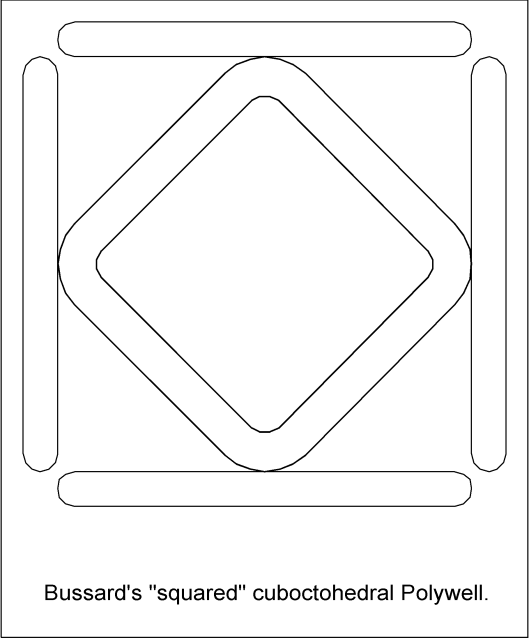If you look at the relative directions of the separate coil currents with respect to their closest line segment (edge) of the octahedron you will see that these separate currents always run in the SAME direction with respect to that line segment (edge) of the octahedron. This is a critical concept. Do not proceed until you clearly understand this.chrismb wrote:But they aren't going in the same direction, wrt a radial sight looking into the coils. Isn't it necessary to have all currents going around clockwise, or ac, when looking towards the centre? Else the mag fields will simply curl around the edges and there would be no 'cusp-containment'? What you'd be generating then is a set of inductively coupled plasmas around each edge?
Maybe I got it wrong, but there it is as I thought it was meant to be?
~Randy
